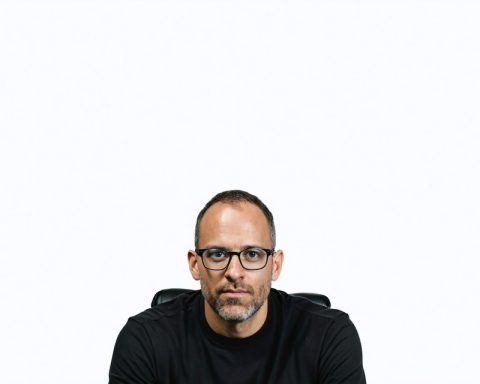Not everything was bright and shiny for Viking Therapeutics as 2024 came to a close. The company’s stock took a 24% tumble in December, closely tied to moves made by a formidable competitor, Merck, which is steering into the potentially lucrative obesity drug market.
The Competitor: Merck’s Bold Move
In a strategic maneuver, Merck partnered with Chinese biotech Hansoh Pharma to develop an investigational obesity medication. This drug, HS-10535, is seen as a serious contender against Viking’s lead candidate, VK2735, which is currently making progress in clinical trials as an oral obesity treatment. The uniqueness of VK2735 lies in its oral administration, differentiating it from other FDA-approved, injectable obesity medications like Novo Nordisk’s Wegovy and Eli Lilly’s Zepbound.
Merck secured an exclusive licensing deal with Hansoh, involving a substantial $112 million upfront payment. Future incentives include milestone payments and royalties potentially reaching $1.9 billion upon successful commercialization. With only two GLP-1 drugs approved for weight loss in the U.S., the market presents vast opportunities, fueled by strong public demand fueled by the preference for medicated weight loss over traditional methods.
Viking’s Path Forward
Despite the intensifying competition, Viking Therapeutics holds hope with VK2735, thanks to its advanced development stage. Skepticism remains about the efficacy and ultimate approval of HS-10535 as it advances through trials. Investors are urged not to lose faith in VK2735, given its potential to become a popular choice for consumers due to its ease of use. As the competition heats up, Viking aims to capitalize on its head start in the obesity drug race.
The Rising Battle in the Obesity Drug Market: Viking Therapeutics vs. Merck
As 2024 drew to a close, Viking Therapeutics faced challenges in the booming obesity drug sector. Their main contender, pharmaceutical giant Merck, made significant inroads by partnering with Hansoh Pharma, signaling a substantial shift in the competitive landscape for obesity treatments.
Insights into Merck’s Strategic Collaboration
Merck’s collaboration with Chinese biotech Hansoh Pharma is a tactical endeavor aimed at developing HS-10535, a potential key competitor to Viking’s VK2735. What sets VK2735 apart is its oral administration, unlike the injectable options like Novo Nordisk’s Wegovy and Eli Lilly’s Zepbound, which currently dominate the market. This oral approach could prove to be a game-changer, adding convenience for users and potentially boosting long-term compliance and effectiveness.
Merck’s serious commitment to this venture is evident from the considerable $112 million upfront payment and the strategic design of their licensing agreement, which could lead to milestone payments and royalties nearing $1.9 billion. This reflects Merck’s confidence in the untapped growth potential of the GLP-1 weight loss drug market, which is driven by increasing consumer preference for pharmaceutical solutions over natural weight loss methods.
Pros and Cons of Viking’s VK2735
Viking Therapeutics’ VK2735 presents several benefits as an oral drug that could offer a more user-friendly alternative to existing injectables. This easier administration method could significantly expand its user base. However, the company still faces the challenge of proving its drug’s efficacy and safety through rigorous clinical trials to overcome investor skepticism and gain FDA approval.
What’s Next for Viking Therapeutics?
Despite the competitive pressure, Viking remains hopeful about their advanced-stage candidate, VK2735. They view the growing obesity treatment market as an opportunity rather than a threat. By banking on the simplicity and convenience of an oral drug, Viking aims to capture a significant market share, especially among consumers seeking non-injectable options.
Market Analysis and Future Predictions
The excitement in the obesity drug market is palpable, with limited approved GLP-1 drugs in the U.S. and a substantial patient demand. Analysts predict a constant upward trend in investment and innovation within this field as new players enter the market and existing ones strive to enhance their offerings. In the coming years, the battle between oral and injectable solution manufacturers will likely intensify, pushing companies to innovate and potentially lower costs to stay competitive.
For further insights on pharmaceutical developments and market strategies, visit Merck and Viking Therapeutics.












